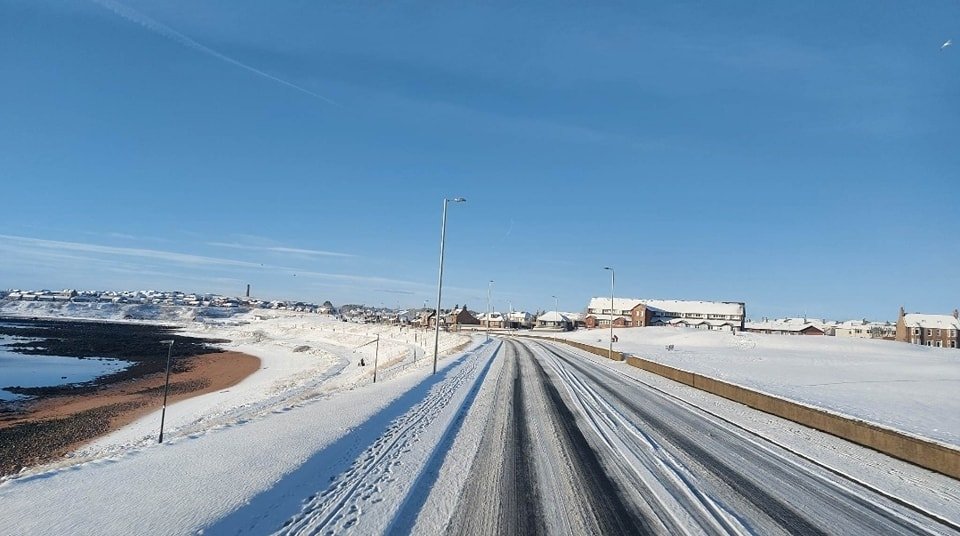Winter Driving Tips 9 Steps

Winter Driving Tips The winter is upon us, and the snowy, as well as rainy conditions, can create difficult travelling.
Below are some suggested actions you can require to lower the threats to you on the road.
Winter Driving Tips.
- Keep speed as low as practically possible
- Increase your distance between cars
- Slow right down for corners, junctions and any other hazards
- If travelling long distances, be aware of changing conditions
- along your route
- Get all of your braking done on the straights, never brake during a corner if it can be avoided
- Be prepared for understeer and oversteer, and know how to correct when necessary
- Be prepared to use ABS or avoidance braking techniques
- Top up washer fluids and antifreeze
- Select ‘snow’ mode if available on automatic transmissions, or if an advanced electronic stability control system is fitted
- If you have to climb a slippery hill, ensure the top is clear before starting the ascent
Winter Driving Tips
Step 1: Make sure that your vehicle is prepared for winter driving tips.
- Winter tires are a good option, as they will provide greater traction under snowy or icy conditions.
- Keep a snow brush/scraper in your car, along with possible emergency items such as a lightweight shovel, battery jumper cables, and a flashlight.
- Make sure that mirrors, all windows, and the top of your vehicle, are free of snow or frost before getting onto the road.
Step 2: Drive smoothly and slowly
- Don’t make any abrupt turns or stops when driving. Doing so will often cause your vehicle to lose control and skid.
- Driving too quickly is the main cause of winter collisions. Be sure to drive slowly and carefully on snow and ice covered roads.
Step 3: Don’t tailgate.
- Tailgating becomes much worse in winter weather. Stopping takes much longer on snowy and icy roads than on dry pavement, so be sure to leave enough room between your vehicle and the one in front of you.
Step 4: Brake before making turns.
- Brake slowly to reduce speed before entering turns. Once you have rounded the corner you can accelerate again.
Step 5: Learn how to control skids.
- When skidding, you actually need to go against your natural instincts and turn into the skid and accelerate. Doing so transfers your vehicle’s weight from the front to the rear and often helps vehicles to regain control.
Step 6: Lights On.
- Turn on your lights to increase your visibility to other motorists.
Step 7: No Cruise Control.
- Never use cruise control if conditions are snowy, icy, or wet, because if your car hydroplanes, your car will try to accelerate and you may lose control of your vehicle.
Step 8: Don’t “pump” the brakes.
- If your vehicle is equipped with an anti-lock braking system (ABS), do not “pump” the brakes. Apply constant pressure and let the system do its work.
Step 9: Pay attention.
- Manoeuvres are more difficult to make in the snow. Be sure to anticipate what your next move is going to be to give yourself lots of room for turns and stopping.
Winter Driving Tips

Pack an emergency set in your automobile with the adhering to things:
flashlight, coverings, additional clothing, water, treats, towel, hand wear covers, ice scrape, shovel, broom, sand, as well as bring an extra key on your person in situation you secure on your own out of your car.

Peterhead.Live on Facebook or Twitter to get more actual information.
